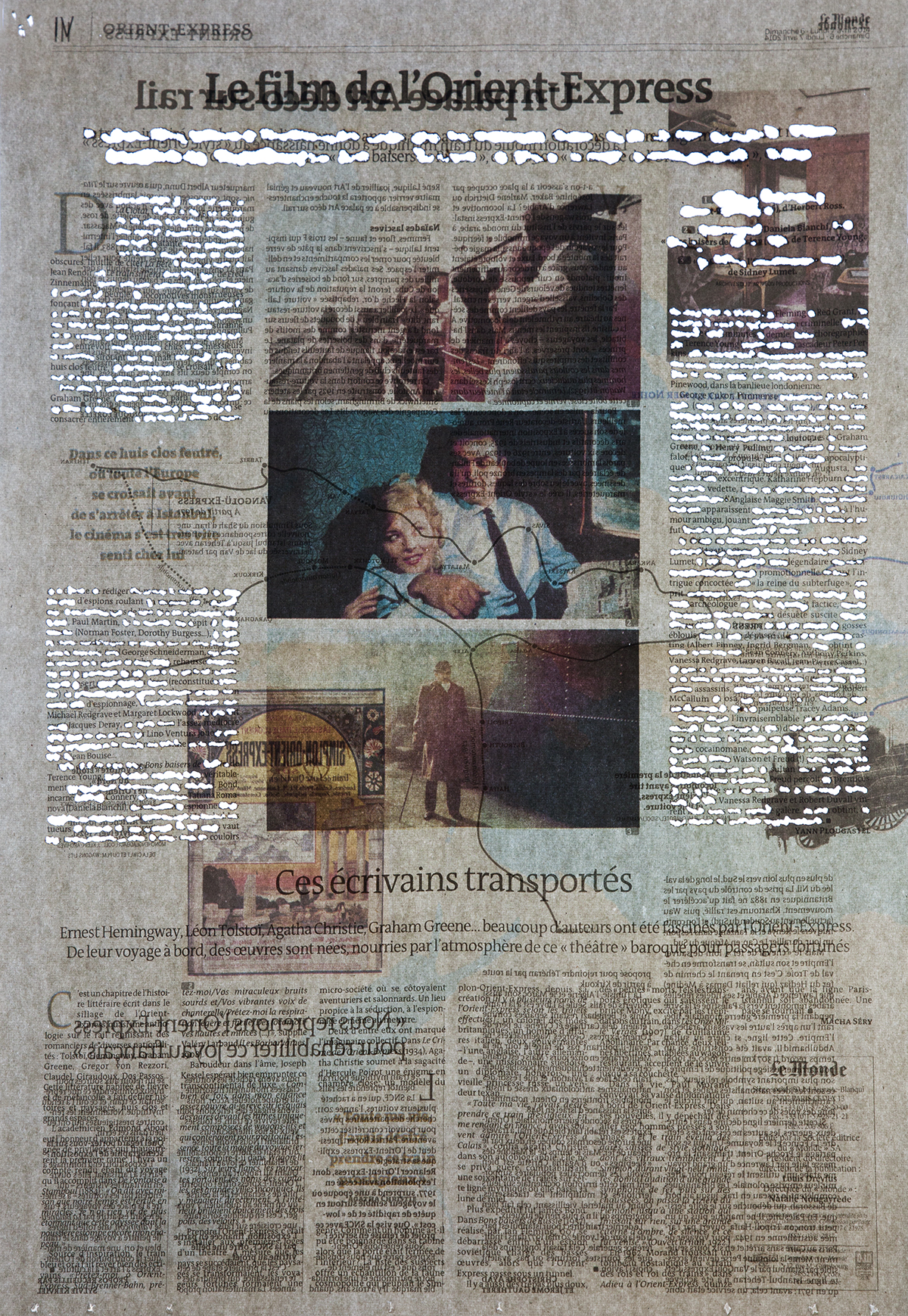Le monde
FOAM Magazine#60
Glyphs, the Images and Text Issue.
09.2021
FOAM Magazine#60
Glyphs, the Images and Text Issue.
09.2021
Text on japanese artist Mana Kikuta’s work Le monde. The series both accompanied and embodied her adjustement to a new land and a new language through playing with the words on Le Monde newspaper.
Writing.
